Ask Ethan # 97: Can moons have moons?
- Transfer
Scattered going. Collected disappears.
- Heraclitus
When thinking about the solar system, you imagine planets and other objects orbiting a central star, with moons (and other satellites) orbiting around these giant rocky or icy worlds. But can there be additional levels? Can the satellites rotate around the moons, and if so, where are they? This week the answer to the question is awarded a kilobug asking:
In the solar system, as far as I know, there is no "moon by the moon", something like an asteroid rotating around the moon of the planet. Is there a reason for this (for example, instability of the orbit)? Or is it just rarely?
Let us think about a separate mass, rotating in space. It's simple. There is a gravitational field of this object, generated by its mass. He twists the space around him, and makes all that is nearby, attract him. If there was nothing besides gravity, one could place any object in a stable elliptical or circular orbit, where it would rotate forever.
But there are other factors, including:
• The presence in the object of the atmosphere, scattered "halo" of particles.
• The optional stationarity of the object, the possible presence of rotation, possibly fast.
• Optional isolation of the object.
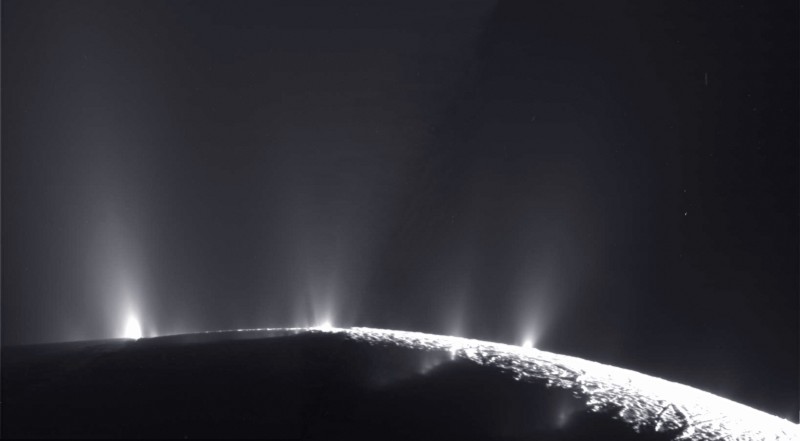
The atmosphere affects in the most extreme cases. Usually, an object rotating around a massive solid world without an atmosphere would simply have to avoid the surface of the object, and this rotation can last forever.
But if you add an atmosphere, albeit a very rarefied one, any bodies in orbit will interact with the atoms and particles surrounding the central mass. Despite the fact that it seems to us that our atmosphere has an “edge” and space begins at a certain height, in fact, the atmosphere is increasingly rarefied at ever greater altitudes. The atmosphere of the Earth extends hundreds of kilometers. Even the ISS will ever fall and burn if it is not pushed.
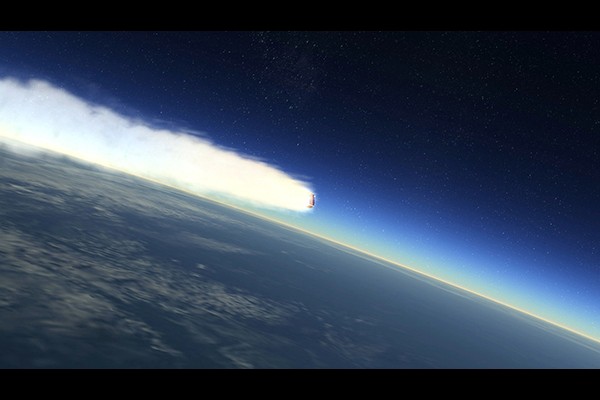
On the time scales of the solar system, measured in billions of years, bodies moving in orbit need to be far enough away from the mass around which they turn to be "safe."
The object can rotate. This happens with large masses, and small masses revolving around large ones. There is a “stable” state in which both masses are tidal with each other (both bodies are turned to each other by one side), but in any other configuration torsional moments will appear. These moments can lead to the fact that the objects will spiral along one another, or fly apart from each other. In other words, most satellites do not begin life in an ideal configuration.
But to fully describe the situation of “moons by moons”, it is necessary to take into account one more, the most difficult factor.
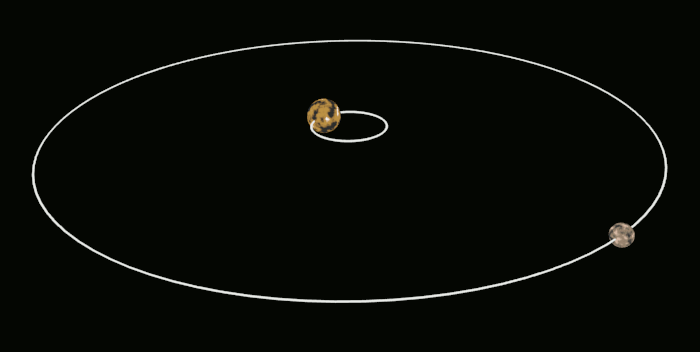
Objects are not isolated, and this is very important. It is very simple to make the object rotate around one massive body - like the moon around the planet, a small asteroid around a large one, Charon around Pluto - that is, to make the object rotate around another, which in turn rotates around more massive. Usually this factor we do not take into account. But think about it on the example of our innermost planet, Mercury.
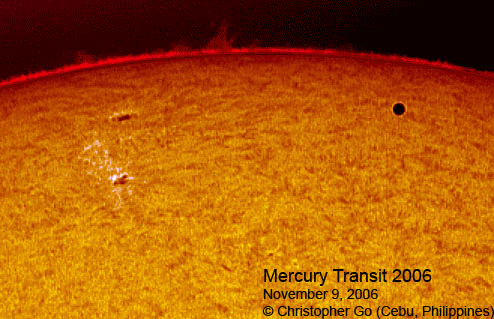
Mercury rotates relatively quickly around the Sun, so the gravitational and tidal forces acting on it are great. If anything else revolved around Mercury, many additional factors would have to be taken into account:
1. The solar wind (particle flow) would meet with Mercury and his satellite, changing their orbits.
2. Heat from the Sun can lead to the expansion of the atmosphere of Mercury. And although there is no air on it, the particles of the surface are heated and thrown into space, creating an insignificant but not negligible atmosphere.
3. There is a third mass, seeking not only to bind Mercury and his satellite, but also Mercury and the Sun.
This means that there are two options for the satellite of Mercury.
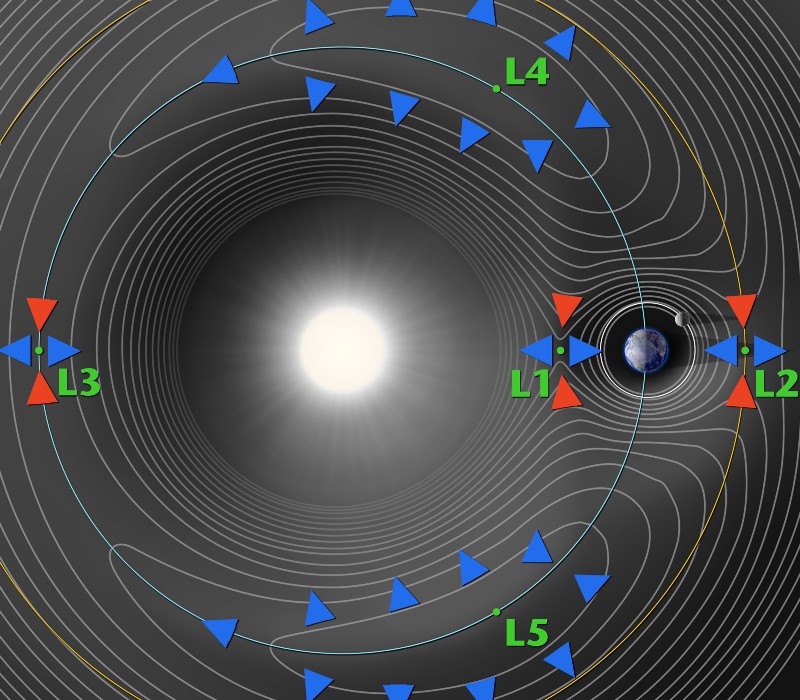
If the satellite is too close to Mercury, namely:
• the satellite does not rotate fast enough,
• Mercury rotates not fast enough to be connected to the Sun by tidal forces,
• the satellite slows down by the solar wind,
• the satellite decelerates about the atmosphere of Mercury,
it will sooner or later fall on Mercury .
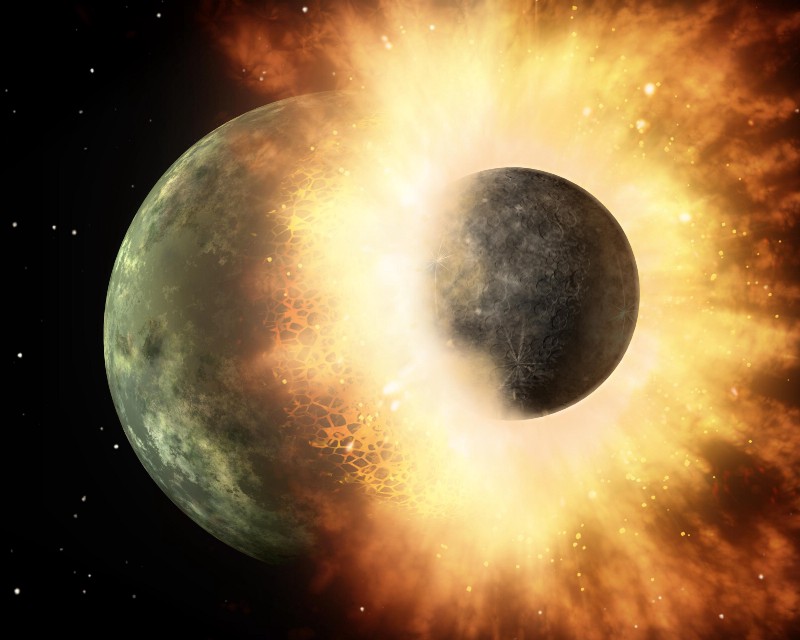
On the other hand, an object would risk being thrown out of orbit around Mercury if it were too far away, or:
• the object would rotate too fast,
• Mercury would rotate too fast,
• The solar wind would give the object additional speed,
• others the planets would affect the object;
• heating from the sun would add a small amount of kinetic energy to a small satellite.
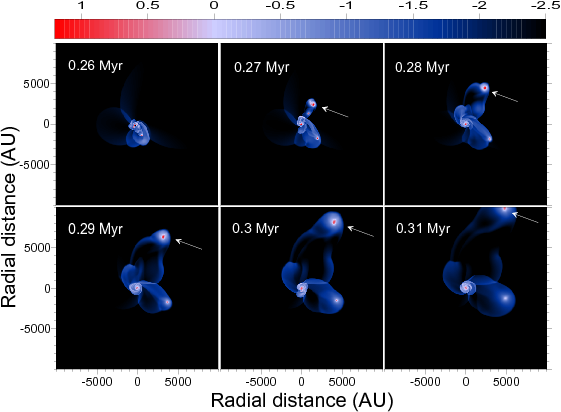
Considering the above, remember that there are planets with moons! And although the three-body system will not be stable, unless it is brought into the above configuration, under the right conditions, stability can be achieved at intervals of billions of years — and that’s all we need. There are conditions that facilitate our task:
1. Remove the planet / asteroid, which is the main massive body, away from the Sun, so that the solar wind, flares and tidal forces are small.
2. Bring the satellite of our celestial body closer to the body so that it is gravitationally strongly attached to it and is not pulled away by external gravitational or mechanical interactions.
3. At the same time, the satellite must be kept far enough away from the main body so that tidal forces, friction forces and other influences do not lead to their mutual collision.
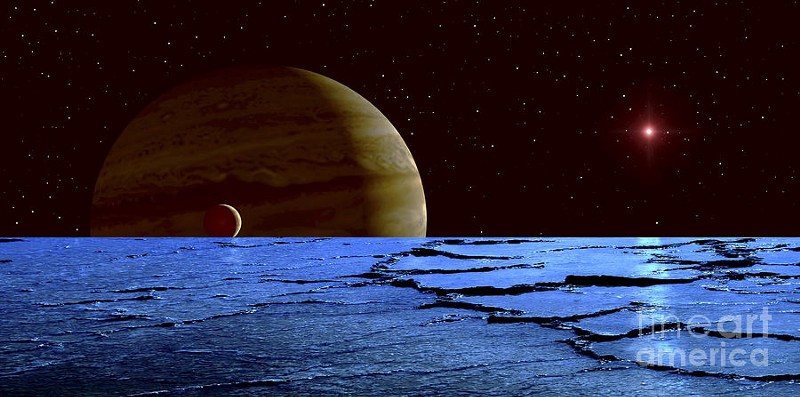
You could guess that for the moon there is a “right location” - a deletion that is several times larger than the radius of the planet, but not so strong that the period of revolution is large. The period of revolution around the planet should be much less than the period of revolution of the planet around the star.
Taking into account all this, why do not we see satellites near the moons in our solar system? Trojan asteroids with their personal satellites

claim best for this role , but since they are not the moons of Jupiter, this is somewhat different. What then? If it is simpler, we most likely will not see this, but there is hope. Gas giants are fairly stable and are far from the sun. They have many moons, many of which are connected by tidal forces to the parent world. Large moons are best suited to have satellites. The best candidates are: • as heavy as possible, • located relatively far from the parent celestial body to minimize the fall, • are close enough to be derailed from orbit,
• sufficiently separated from other moons, rings and satellites that may bring disturbances into the system.
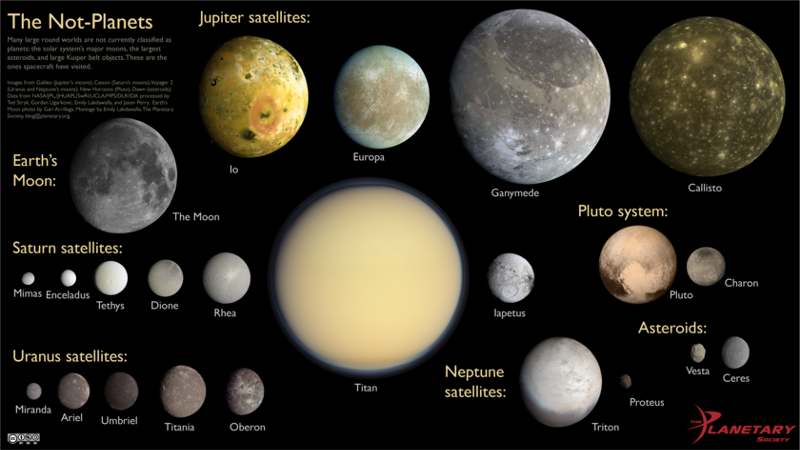
What are the main candidates for the moon in our solar system, capable of having their stable satellites?
• Callisto, moon of Jupiter. The most distant of all the main satellites, distant by 1,883,000 km, and with a large radius of 2,410 km. A rather long period of revolution in 16.7 days, and a rather large escape velocity, 2.44 km / s.
• Ganymede, the moon of Jupiter. The largest moon of the solar system (radius 2 634 km). Distant from Jupiter at 1,070,000 km - perhaps not too far, this is two-thirds of the distance from Jupiter to Europe. The largest escape rate among all the moons of the Solar System (2.74 km / s), but the overpopulated Jupiter system makes the chances of owning their own moons small.
• Yapet, Saturn's moon. Mostly, 734 km, but remote from Saturn at 3,561,000 km. Quite far from the rings of Saturn and separated from the rest of the large moons. Minus in its small mass and size - the speed of escape is only 573 m / s.
• Titania, the moon of Uranus. The largest of its moons, a radius of 788 km, is located 436,000 km from Uranus, the orbital period is 8.7 days.
• Oberon, the moon of Uranus. The second largest moon (761 km), the most distant (584 000 km), orbital period of 13.5 days. But Oberon and Titan are too close to each other to allow the combination of the moon by the moon.
• Triton, Neptune's Moon. A large object captured from the Kuiper belt, with a radius of 1,355 km, is 355,000 km distant from Neptune and massive. The escape speed is 1.4 km / s. He would be my best candidate for the moon of the planet, having its own natural satellite.
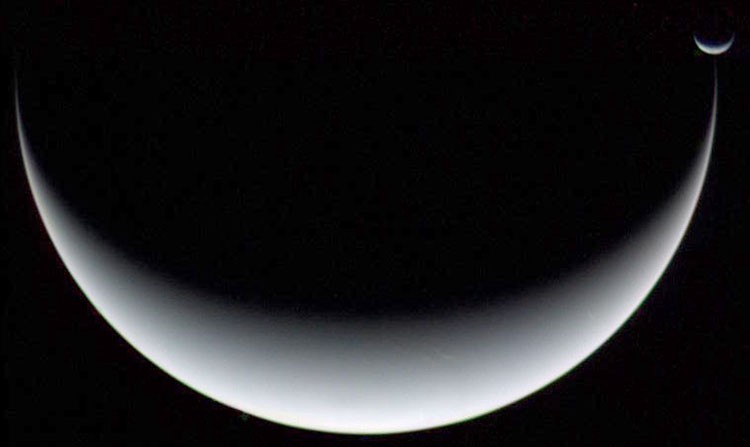
But I still would not wait for such a phenomenon. The conditions for the emergence and preservation of the "moon near the moon" present significant difficulties if we recall how many objects capable of interfering with gravity exist near gas giants. In case of accepting bets, I would bet on Japet and Triton, since they are farther away from their worlds, isolated from massive bodies, and the speed of escape from their surface is quite high.
But while such configurations are unknown to us. Perhaps all these considerations are wrong, and we should look for objects at the outer edges of the Kuiper belt, or even the Oort cloud, where our solar system has the greatest chances.
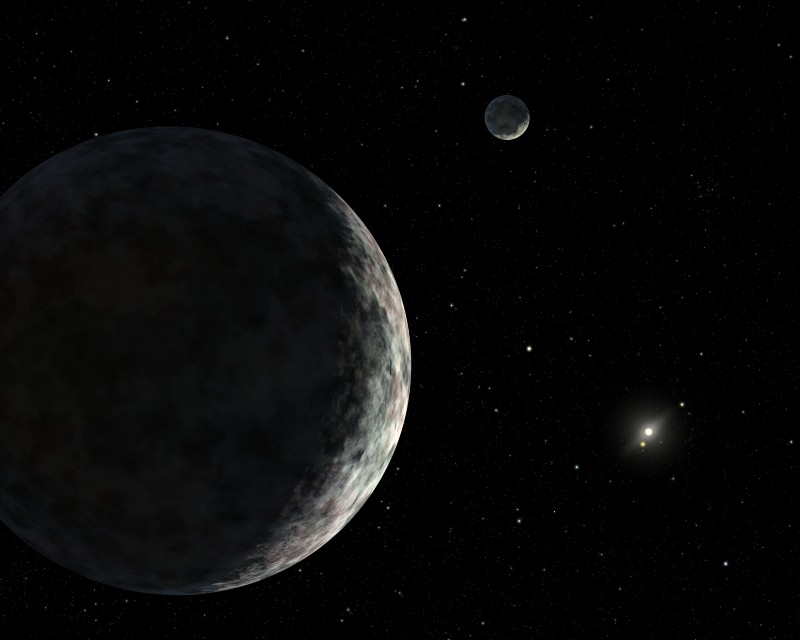
As far as we know, these objects may exist. This is possible, but requires special conditions. Our observations suggest that such conditions do not occur in the solar system. But you can't say for sure: the universe is full of surprises. And with the increase in our search capabilities, our discoveries will increase. I would not be very surprised if the next mission to Jupiter or other gas giants discovered such a phenomenon!
Is it possible that moons near the moon exist, and to open them you only need to search in the right place?
